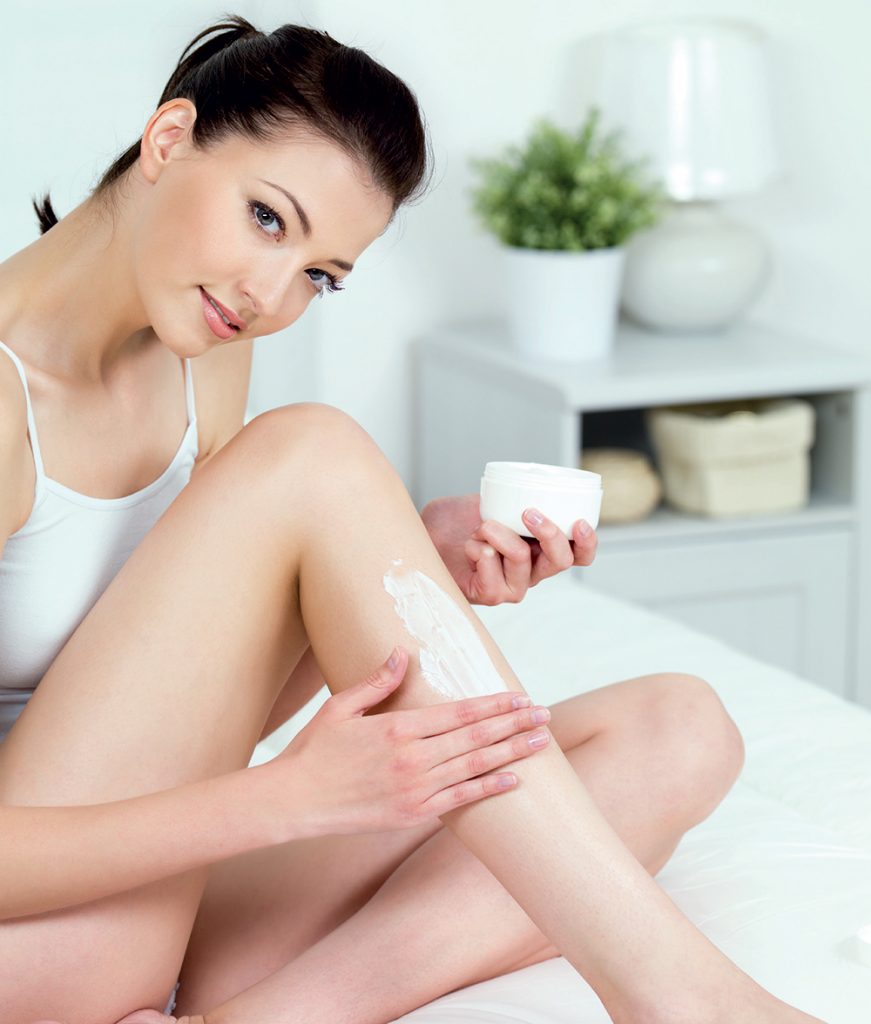Heat, haze, stress and humidity may wreak havoc on your skin. Here are five top skin problems and how to resolve them

Our tropical heat and humidity can cause a range of skin conditions. Cumulative sun exposure accelerates skin ageing, while heat, humidity and high stress levels contribute to increased acne and acne scarring. Here are some common skin issues and the treatment options.
Pigmentation and sun spots
Freckles and other pigmentations are common on skin that is sun-exposed. Freckles, small spots that tend to cluster on the face, arms or shoulders, are common in fair-skinned people, particularly those of Caucasian descent. Melasma – blotchy, map-like areas of pigmentation usually on the cheeks, nose, forehead, and sometimes the upper lip – are more common among Asians with darker skin, especially those with previous pregnancies or who have used contraceptive pills.
Treatment: Topical therapy, chemical peels, Intense Pulsed Light or pigment laser. Pigment laser yields excellent results for solar lentigenes and freckles. For melasma, long-term maintenance treatment is required although excessive treatment should be avoided.
Acne & acne scars
Acne is characterised by blackheads, whiteheads and pimples of varying appearance called papules, nodules, pustules and cysts. Acne can cause significant scarring, and is common among adolescents and adult women. It is caused by a combination of hormonal activity, genetic predisposition, cosmetics, humidity, stress, increased sebum production and diet.
Treatment: Medication, chemical peels and various laser treatments. If oral or topical medication has not been effective, chemical peels, PPX pore-cleansing treatment (IPL with vacuum suction) or pulsed dye/ vascular laser may help with acne and post-acne marks. Scar treatment includes the use of fractional laser, sublative rejuvenation, laser resurfacing, surgical excision, localised steroid injections and vascular lasers.
Excessive sweating
The tropical heat can cause excessive sweating that stains clothes and/or causes body odour. While not harmful, the condition can be embarrassing and affect social relationships. Where the whole body is affected, the cause could be hormonal, metabolic, or due to certain drugs, nerve conditions or even tumours. In most cases, the cause is not known.
Treatment: Botulinum injections are effective but painful, and require repeated injections every six to nine months. A new non-invasive option is miraDry®, a microwave gun that permanently destroys sweat glands, reducing sweat volume. There is an average 82% reduction in sweating after two treatments.
Wrinkles and folds
Wrinkles are caused when the skin loses collagen. Dynamic ones appear with facial expressions while static wrinkles are seen even when at rest. Wrinkles typically start to appear at age 30 to 40 and are more common in those with expressive faces, long-term sun exposure and smokers.
Treatment: Botulinum injections can be used to weaken the muscles responsible for forming wrinkles. Deep wrinkle folds or grooves can be treated with filler injections.
Excessive or unwanted hair
In many societies, body hair is not desirable, especially on women. Dressing for the tropical climate further exposes embarrassing body hair. Hair removal is typically desired for underarms, arms, legs, bikini line and upper lip. Hirsutism – excessive hairiness on parts of the body where hair does not normally occur or is minimal – can occur in women with hormonal problems such as polycystic ovary syndrome, or in women with a genetic predisposition. Some medications can also lead to excessive hair growth.
Treatment: Creams, manual removal or light-assisted hair removal. A prescription cream is available to reduce facial hair and in some cases, a more permanent way is to use laser or light-assisted hair removal.







